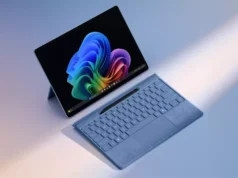Google has finally introduced the Motion Stills app to Android. That makes for an interesting development given that the app has been exclusive to iOS so far, and is now available on Android after more than a year being solely in the Apple domain.
However, that is not before a few changes have been made to the Android version of the app to account for the platform’s own characteristics. So while Motion Stills uses the iOS’ Live Photos feature as a source for its images before converting them into GIFs, the same on Android will require you to actually shoot the videos from right within the app.
That again is a way to circumvent the lack of iOS’ Live Photos feature even though that has its own advantages. As Google explained, this will lead to almost negligible lag times as the GIFs would be ready almost immediately after the recording phase is over. Google also stated the final GIFs would still be stabilized as is the case on iOS but since the Android version is getting to work on each of the video frames as they are being recorded, the output is more prompt on Android.
Another feature of the Motion Stills app worth mentioning is Fast Forward. Much as is already discernible, the feature will allow you to shoot for a longer duration. The clip is subjected to the same stabilization algorithm even though the speed is increased anywhere from two times to even eight times than that of the original sequence.
This way, Fast Forward is also comparable to the Hyperlapse app that Instagram offers. However, unlike the Instagram offering, the Google version will let you to adjust the video speed even after it has been saved. That is not what you get with Instagram Hyperlapse where the video playback speed can’t be changed once it has been set.
Motion Stills will be compatible with all Android devices running Android version 5.1 Lollipop or higher. That makes the app immediately available to about 65.6 percent of Android users who have migrated to Android Lollipop and above but good few millions will still be out of the app’s purview.











